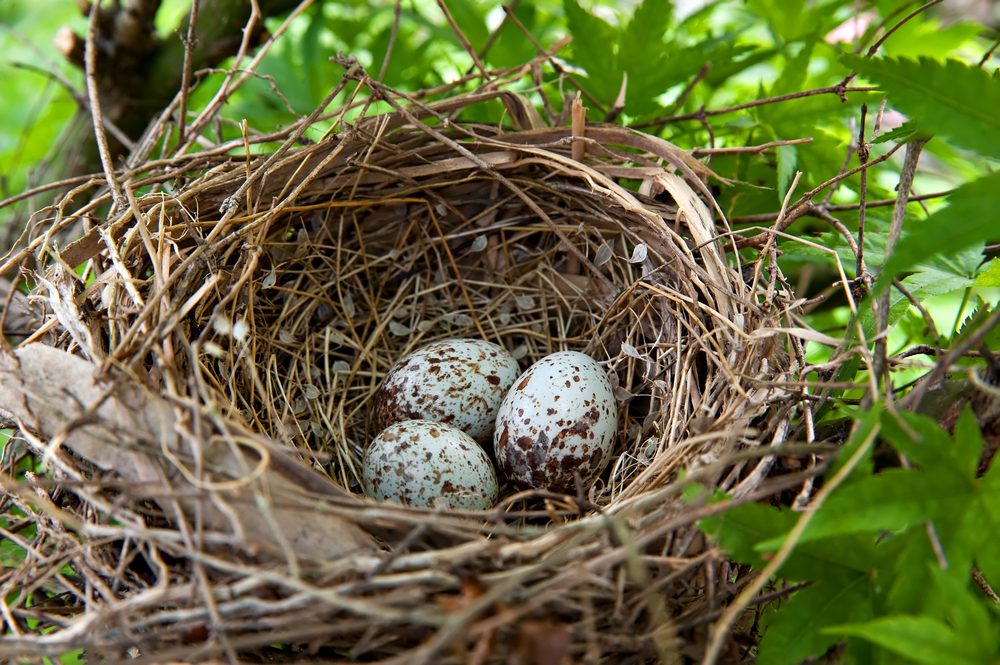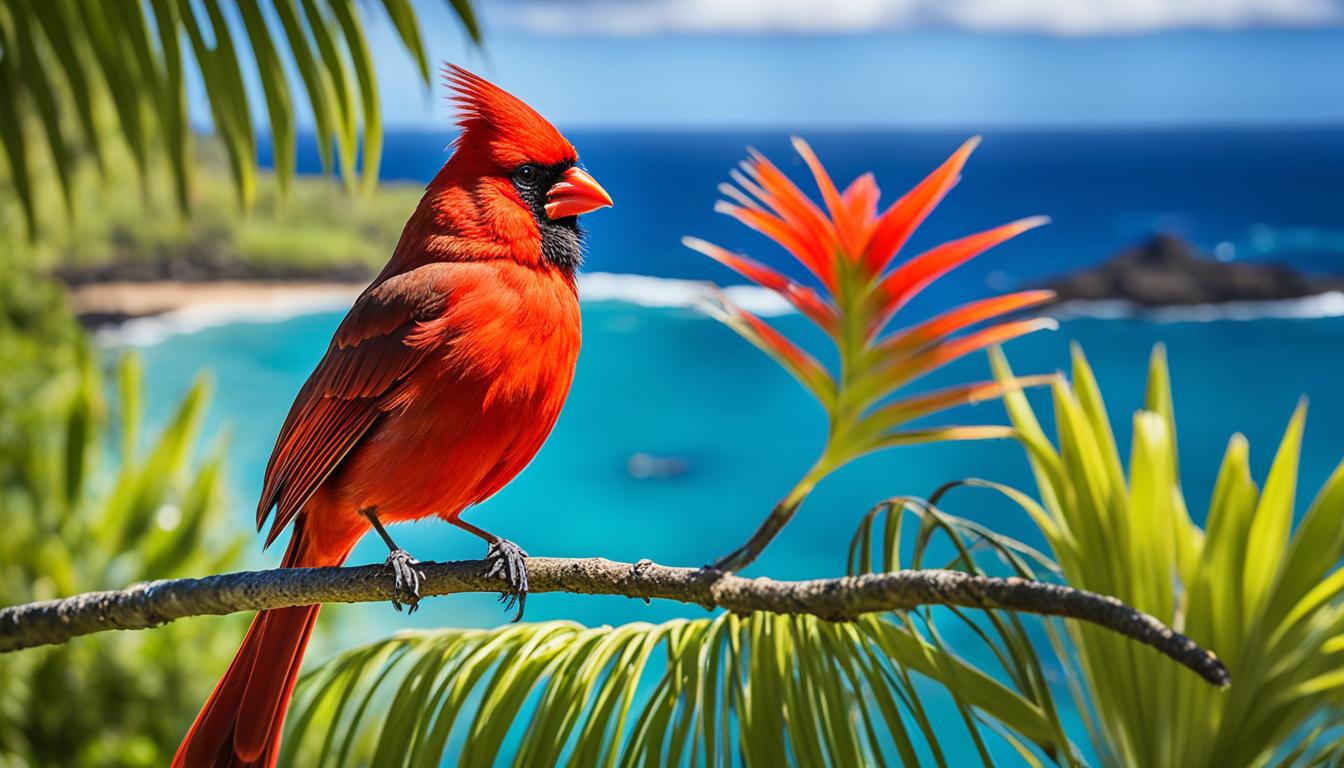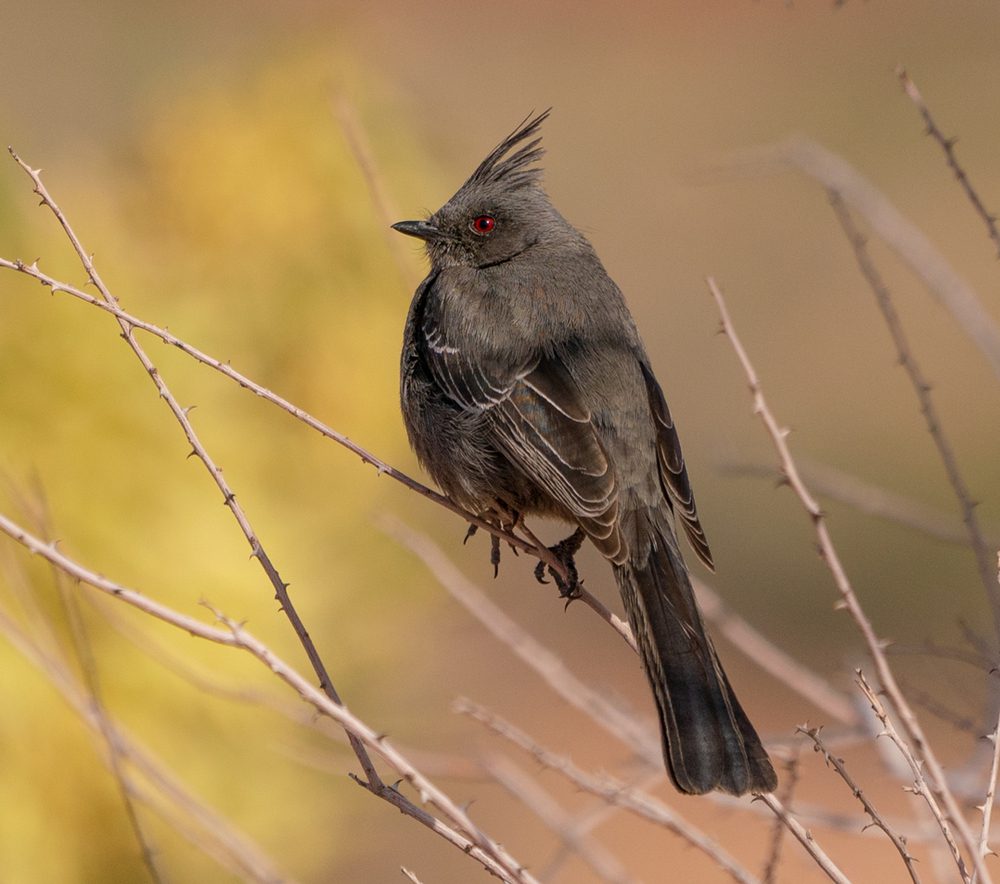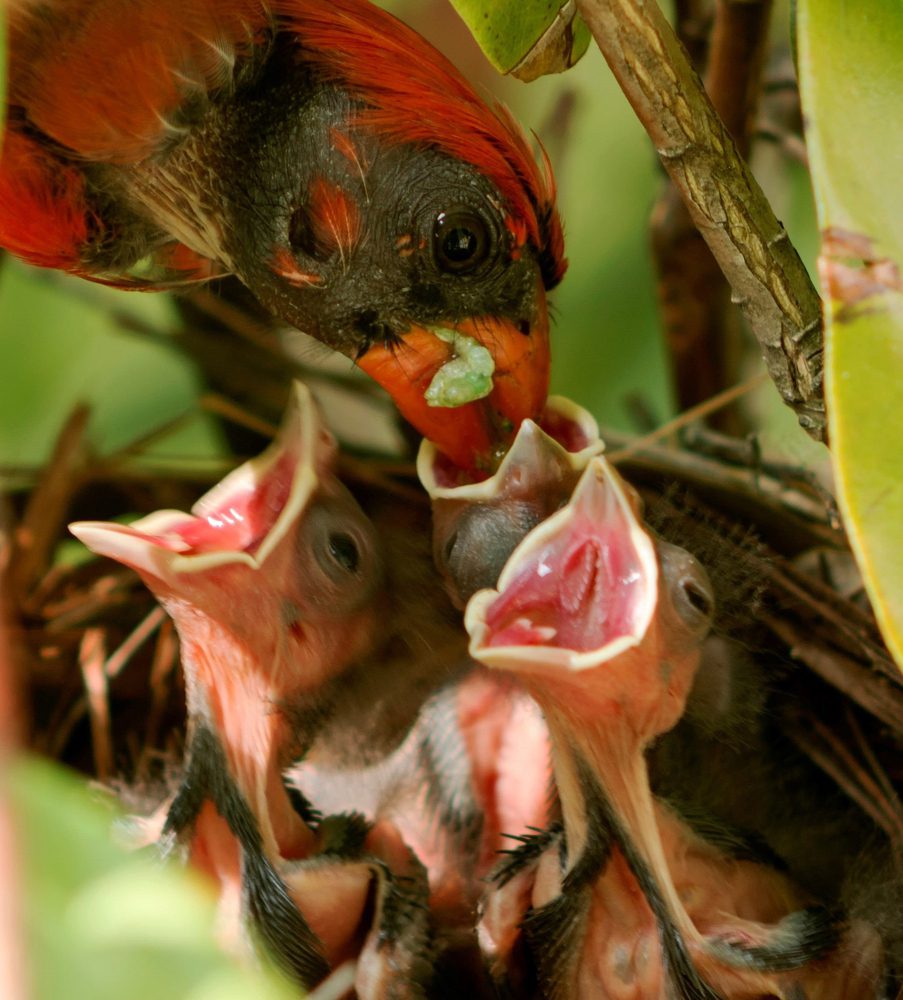Turkey Vulture Arizona – Have you ever heard that Arizona is an amazing place for some really cool birds like turkey vultures, black vultures, and California condors? These awesome birds are super important because they help keep the desert clean by eating stuff that’s already dead.
Birds like turkey vulture have some neat tricks and features that help them survive out there. Let’s dive into what makes these birds so special, where they live, and how people are working to protect them. Plus, we’ll find out why Arizona is such a great spot for anyone who loves watching birds and learning about nature.

Table of Contents
Turkey Vulture Arizona
Turkey vultures, also known as Cathartes aura, are one of the three species of vultures found in Arizona. These distinctive birds have several physical features that set them apart from other species. One of the most notable characteristics of the turkey vulture is its bald red head. This unique trait allows them to easily clean themselves after feeding on carrion, preventing bacteria from accumulating in their feathers.
In addition to their red heads, turkey vultures have dark brown or black feathers and a wingspan of approximately six feet. Their flight pattern, known as a dihedral flight pattern, allows them to glide effortlessly through the air. Turkey vultures migrate from March to October and can be found in various habitats such as forests, grasslands, and deserts.
They primarily feed on carrion and have an efficient digestive system that can safely process bacteria-laden carcasses. Turkey vultures play a vital role in the ecosystem by cleaning up decaying matter, thus preventing the spread of disease.
| Physical Features | Behavior | Habitat | Feeding Habits |
|---|---|---|---|
| Bald red head | Dihedral flight pattern | Forests, grasslands, deserts | Feeds on carrion |
| Dark brown or black feathers | Efficient digestive system | ||
| Approximately six-foot wingspan | Cleans carrion, preventing bacterial accumulation |
Black Vultures
Black vultures, scientifically known as Coragyps atratus, are year-round residents of Arizona. Unlike turkey vultures, they have black bodies and featherless heads. Their bald heads help reduce the likelihood of bacteria and parasites clinging to their feathers while feeding on carrion. Black vultures are slightly smaller than turkey vultures with a wingspan of around five feet.
They are powerful fliers and primarily scavenge for carrion but are also known to kill and eat live prey. These vultures can be found in both urban and rural areas, often perching on utility poles or rooftops. They are social birds and congregate in groups known as “wakes.”

Observing the distinctive features of the black vulture is an awe-inspiring experience. With their sleek black bodies and featherless heads, they stand out amongst their avian companions. Their adaptation of a bald head serves a practical purpose – reducing contamination from their scavenging meals. It helps prevent bacteria and parasites from getting entangled in their feathers, ensuring a clean and hygienic existence.
Black vultures are fearless creatures, unafraid to scour both urban areas and rural landscapes in search of sustenance. They have a voracious appetite for carrion, adeptly detecting and consuming decaying flesh. However, their resourcefulness extends beyond scavenging. Unlike their turkey vulture counterparts, black vultures have been known to hunt and consume live prey as well, making them versatile and skilled predators in their own right.
Black Vulture Habitat
Black vultures are remarkably adaptable to various habitats, thriving in both natural and human-altered environments. While they can be found in forests, grasslands, and deserts, black vultures also venture into urban areas, taking advantage of human-made structures as suitable resting and perching spots.
One often spots these remarkable birds confidently perched on utility poles and rooftops, surveying their surroundings with an attentive gaze. This adaptability to different environments ensures their presence can be experienced and appreciated by bird enthusiasts and wildlife lovers across a broad range of settings.
| Black Vulture Features | Description |
|---|---|
| Bald Featherless Head | Helps reduce bacterial contamination |
| Black Body | Sleek and distinguishable appearance |
| Wingspan | Around 5 feet |
| Scavenging Habits | Feasts on carrion and sometimes live prey |
| Adaptable Habitat | Thrives in both natural and urban environments |
California Condors
Let’s turn our attention to the impressive California Condors, also known as Gymnogyps californianus. These magnificent birds hold the distinction of being the largest North American land bird, but sadly, they are critically endangered. Once a common sight in Arizona, the population of California Condors experienced a significant decline in the 20th century due to various factors.
The remote and rugged regions, such as the Grand Canyon, serve as the primary habitat for these majestic creatures. To ensure their survival, it is crucial to protect and preserve their habitats. California Condors require large territories with ample open spaces and suitable nesting sites, making conservation efforts a top priority. Many organizations are working tirelessly to protect and reintroduce these iconic birds back into the wild.

California Condor Characteristic:
- Wingspan: Approximately 9.5 feet
- Weight: Adults can weigh up to 25 pounds
- Distinctive Appearance: Mostly black feathers with a large white triangular patch underneath their wings
California Condor Habitat:
California Condors thrive in remote, rugged areas such as tall cliffs and canyons. They prefer nesting in caves or rock crevices for protection and privacy.
California Condor Population:
The current population of California Condors is estimated to be around 500 individuals worldwide. Despite this small number, conservation efforts have led to a gradual increase in their population over the years.
Witnessing the grandeur of these critically endangered birds is a truly remarkable experience. Let us continue our journey through the fascinating world of Arizona’s vultures with their incredible abilities and vital ecological roles.
Conclusion
Turkey vultures are super important for keeping Arizona’s environment clean and healthy. They are nature’s cleanup crew, eating dead animals and stopping diseases from spreading. These cool birds are built to survive in tough desert places, and watching them fly around from March to October is pretty awesome.
People are working hard to make sure turkey vultures stay safe and their homes are protected so they’ll be around for a long time. When you go bird watching or take wildlife tours in Arizona, you get to see these amazing birds up close. It’s a great way to enjoy nature and learn about how important turkey vultures are.
If you ever get the chance, go on an adventure in Arizona to check out the birds and other animals. Seeing turkey vultures doing their thing is super memorable and shows just how everything in nature is connected. Join in on the fun of bird watching and see for yourself how cool turkey vultures are! you should also see about tukey vulture in texas
FAQ
What are the distinctive features of turkey vultures?
Turkey vultures have a bald red head, dark brown or black feathers, and a wingspan of approximately six feet.
When do turkey vultures migrate in Arizona?
Turkey vultures migrate from March to October in Arizona.
Where can turkey vultures be found in Arizona?
Turkey vultures can be found in various habitats such as forests, grasslands, and deserts in Arizona.
What do turkey vultures primarily feed on?
Turkey vultures primarily feed on carrion.
What are the unique adaptations of turkey vultures?
Turkey vultures have a dihedral flight pattern that allows them to glide effortlessly through the air. They also have an efficient digestive system that can safely process bacteria-laden carcasses.
How do black vultures differ from turkey vultures?
Black vultures have black bodies and featherless heads, unlike turkey vultures.
Where can black vultures be found in Arizona?
Black vultures can be found in both urban and rural areas of Arizona, often perching on utility poles or rooftops.
What do black vultures primarily feed on?
Black vultures primarily scavenge for carrion but are also known to kill and eat live prey.
What are the unique features of California condors?
California condors are critically endangered and are the largest North American land bird.
Where are California condors primarily found in Arizona?
California condors are primarily found in rugged, remote regions such as the Grand Canyon in Arizona.
What efforts are being made to protect California condors?
Efforts are underway to protect and reintroduce California condors back into the wild and preserve their habitats.
What is the role of turkey vultures in Arizona’s ecosystem?
Turkey vultures play a crucial role in cleaning up carrion and preventing the spread of disease, making them an important part of Arizona’s ecosystem.
How can I witness the majestic turkey vultures of Arizona?
Bird watching and wildlife tours in Arizona provide an opportunity to witness the impressive flight and feeding habits of turkey vultures.
What conservation efforts are in place for turkey vultures?
Ongoing conservation efforts aim to protect and preserve the habitats of turkey vultures and ensure their survival for future generations.




